Are you wondering how to wear a watch that fits your wrist perfectly? Check out the following article for some helpful tips and tricks!
1 Should You Wear Your Watch Loose or Tight?
Loose-Fitting Watch
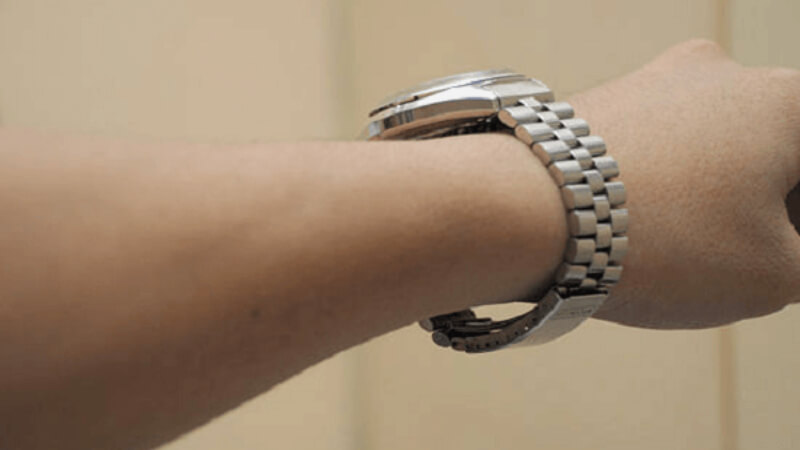 This watch is too loose!
This watch is too loose!
A watch is considered loose when the strap length is greater than the circumference of your wrist, and when you move your arm, the watch face lags and turns in a different direction. For metal watch straps, a strap that is longer than the wrist circumference by more than two links is considered loose.
While some people may find a loose-fitting watch more comfortable, it can be cumbersome during activities, especially for those who use their hands a lot.
For further reference:
Tight-Fitting Watch
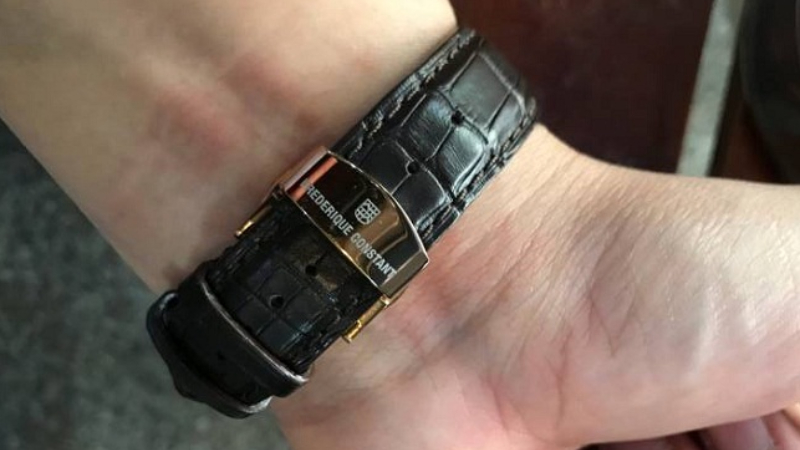 That’s too tight!
That’s too tight!
A watch is considered tight-fitting when the strap length is equal to or shorter than your wrist size. While it may feel comfortable at first because it doesn’t get in the way, you will eventually feel discomfort due to restricted blood flow.
How to Wear a Watch That Fits Perfectly
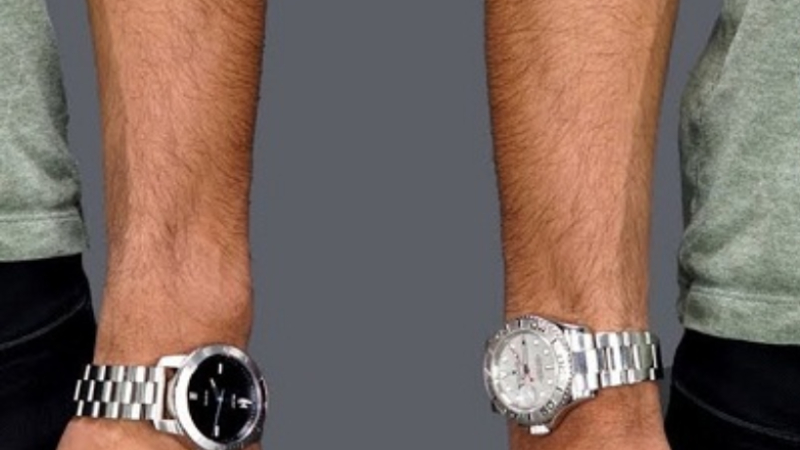 The watch on the right fits perfectly.
The watch on the right fits perfectly.
The ideal way to wear a watch is to find a balance between not too tight and not too loose, so it doesn’t hinder your work or restrict blood flow in your wrist. It should also complement your aesthetic.
If your watch is too loose, you can adjust it by shortening the strap or removing links. Conversely, if it’s too tight, you can add links or opt for a longer strap. Therefore, it’s crucial to be selective when purchasing a watch.
>>
2 What to Do If Your Watch Is Too Loose
For leather strap watches: If your leather strap watch is too loose, you can adjust the strap by punching holes in it yourself or taking it to a watch repair shop for a more precise hole-punching job.
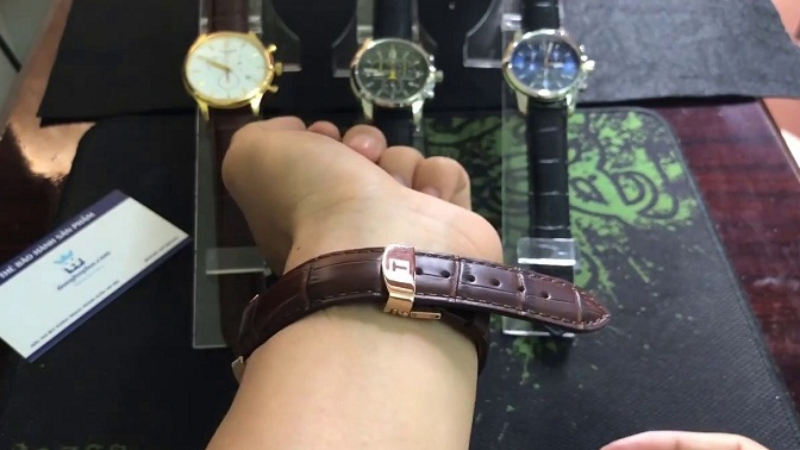 Punching holes in a leather strap.
Punching holes in a leather strap.
For metal strap watches: If your watch has a metal strap, you can shorten the strap by removing links.
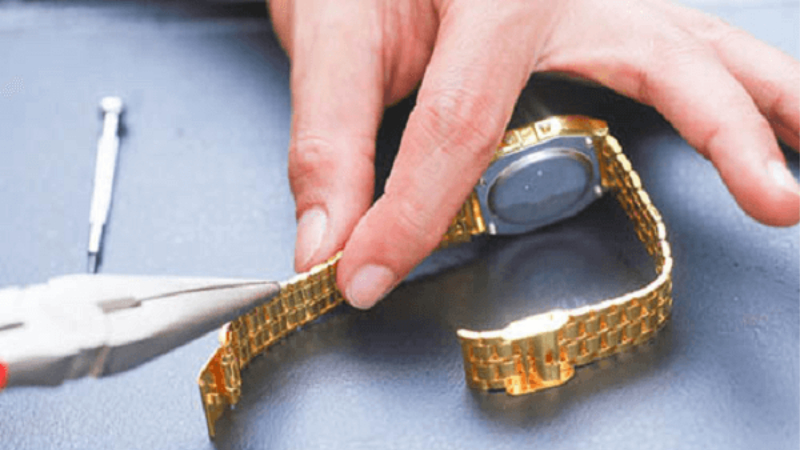 Checking the fit after adjusting a metal strap.
Checking the fit after adjusting a metal strap.
Step 1: Start by trying on the watch to determine the ideal strap length.
Step 2: Decide how many links to remove, ensuring that you remove the same number of links from both sides for a symmetrical fit.
Step 3: Locate the pin that holds the links together and push it out to disconnect the links.
Step 4: Reconnect the remaining links securely.
Step 5: Check the fit of the watch and make sure the strap is secure. Keep the removed links safe, as you may need them in the future.
Now you know whether your watch should be worn loose or tight, and how to achieve the perfect fit. We hope this article has helped you become more confident in choosing and wearing your watch!






























